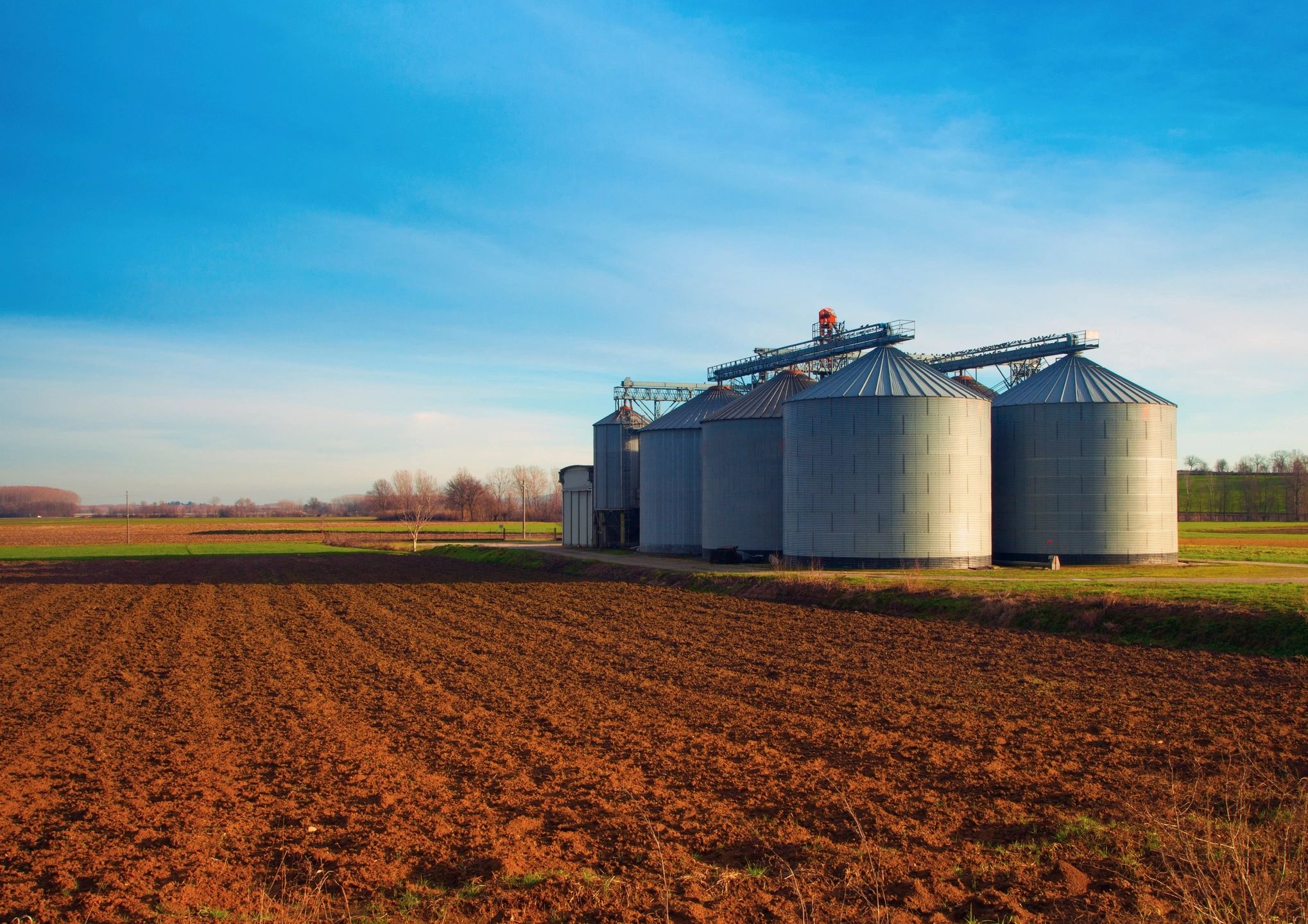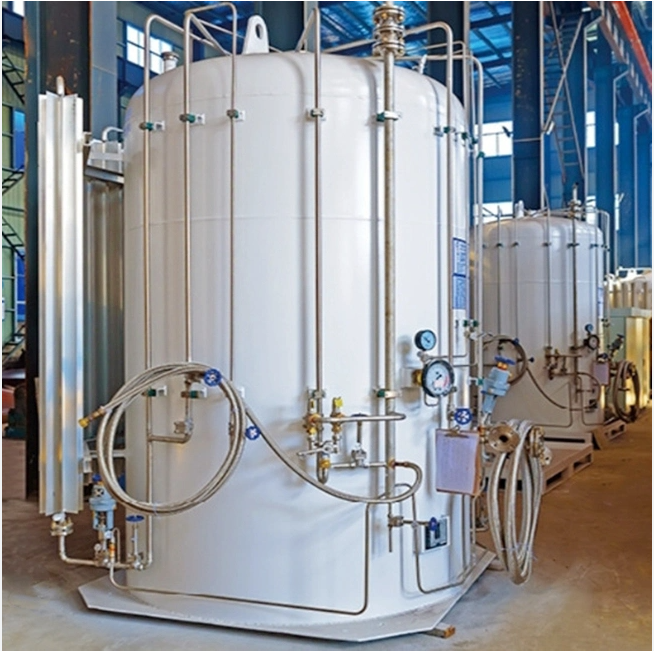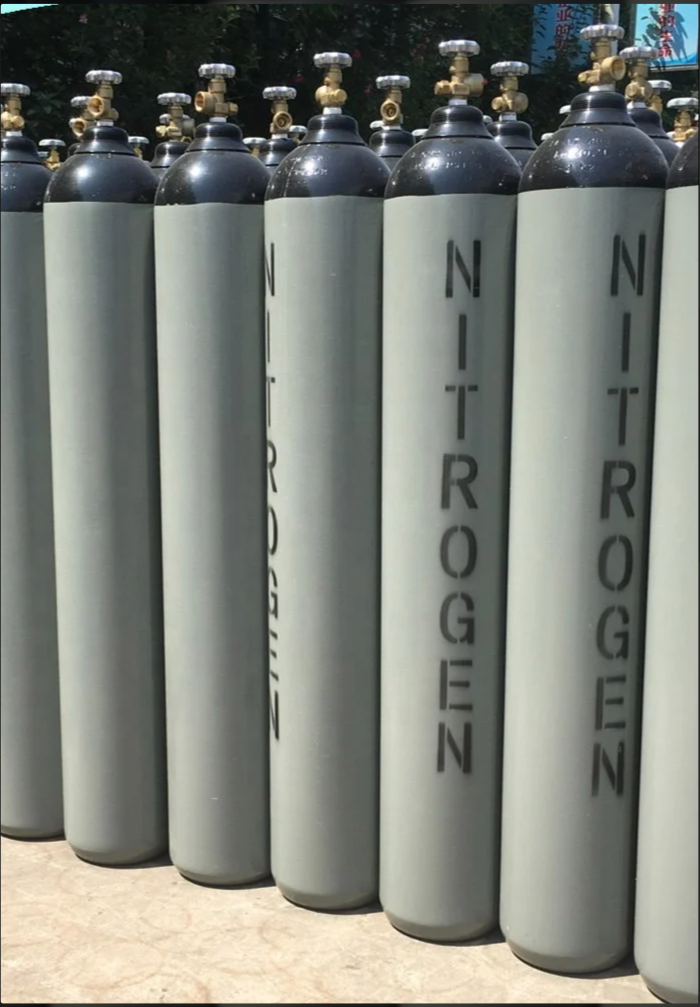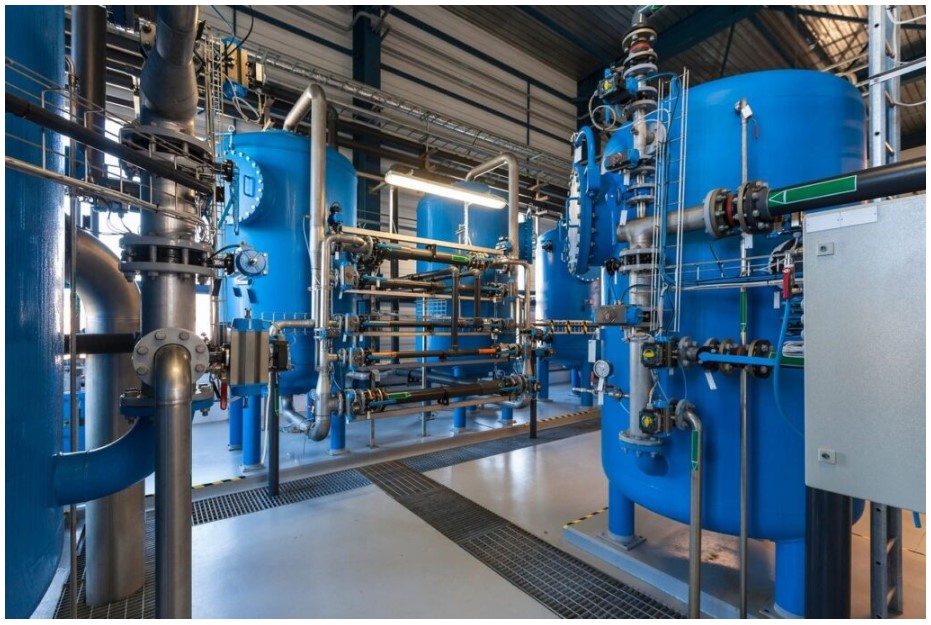
Grain storage is a critical aspect of agricultural management, ensuring that harvested grains maintain their quality until they reach consumers. One key method for extending the storage life of grains is through the use of nitrogen gas. By displacing oxygen, nitrogen creates an environment unsuitable for the growth of pests, fungi, and bacteria, thus preserving the quality and nutritional value of grains. Moreover, the significance of onsite nitrogen gas generation cannot be overstated, offering efficiency, cost-effectiveness, and sustainability to the grain storage process.
Preserving Grain Quality with Nitrogen Gas
Nitrogen gas (N2) plays a crucial role in grain storage by displacing oxygen from storage silos or containers. Oxygen is necessary for the growth of pests, fungi, and aerobic bacteria, which can lead to spoilage, loss of nutritional value, and contamination of grains. By introducing nitrogen gas, the oxygen concentration is reduced, creating an environment where these harmful organisms cannot thrive.
The inert nature of nitrogen ensures that it does not react with grains, preserving their quality and preventing oxidation, which can lead to rancidity and deterioration of flavor. This preservation method is particularly beneficial for long-term storage of grains, such as wheat, rice, corn, and barley, where maintaining quality over extended periods is essential for market viability.
Extending Storage Time
The use of nitrogen gas significantly extends the storage time of grains compared to traditional storage methods. By reducing the presence of oxygen, nitrogen inhibits the growth of spoilage organisms and slows down biochemical reactions responsible for degradation. This allows farmers and distributors to store grains for longer periods without compromising quality, thus reducing losses and maximizing profitability.
Additionally, nitrogen gas helps prevent moisture absorption by grains, minimizing the risk of mold growth and preserving texture and taste. This is especially crucial in humid environments where moisture content can fluctuate, posing a threat to grain quality during storage.
Significance of On-site Nitrogen Gas Generation

LIQUID NITROGEN TANK BULK TANK

COMPRESSED NITROGEN

ON-SITE PSA NITROGEN GAS GENERATING SYSTEM
Onsite nitrogen gas generation offers several advantages over traditional methods of nitrogen supply, such as nitrogen cylinders or liquid nitrogen delivery:
Cost-Effectiveness: Onsite nitrogen generation eliminates the need for frequent deliveries of nitrogen cylinders or liquid nitrogen, reducing transportation costs and associated overheads. It allows farmers and grain storage facilities to produce nitrogen on-demand, tailored to their specific storage requirements.
Sustainability: Onsite nitrogen generation promotes sustainability by minimizing carbon emissions associated with transportation and production. It eliminates the reliance on fossil fuels for nitrogen transportation and reduces the carbon footprint of grain storage operations.
Operational Efficiency: Onsite nitrogen generation provides flexibility and convenience, allowing operators to produce nitrogen as needed without relying on external suppliers. This ensures uninterrupted grain storage operations and enables precise control over nitrogen concentrations in storage environments.
Safety: Onsite nitrogen generation reduces the risks associated with handling and storing nitrogen cylinders or liquid nitrogen. It eliminates the need for storing pressurized cylinders and minimizes the potential hazards associated with transportation and handling of cryogenic liquids.
In conclusion, the use of nitrogen gas for grain storage offers an effective solution for preserving grain quality and extending storage time. By displacing oxygen and creating an inert environment, nitrogen gas inhibits the growth of spoilage organisms and prevents degradation of grains. Furthermore, onsite nitrogen generation enhances efficiency, cost-effectiveness, and sustainability of grain storage operations, providing farmers and distributors with a reliable and environmentally friendly solution. Embracing nitrogen gas technology in grain storage practices is not only beneficial for preserving grain quality but also for optimizing operational processes in the agricultural industry.
Enquire Now

